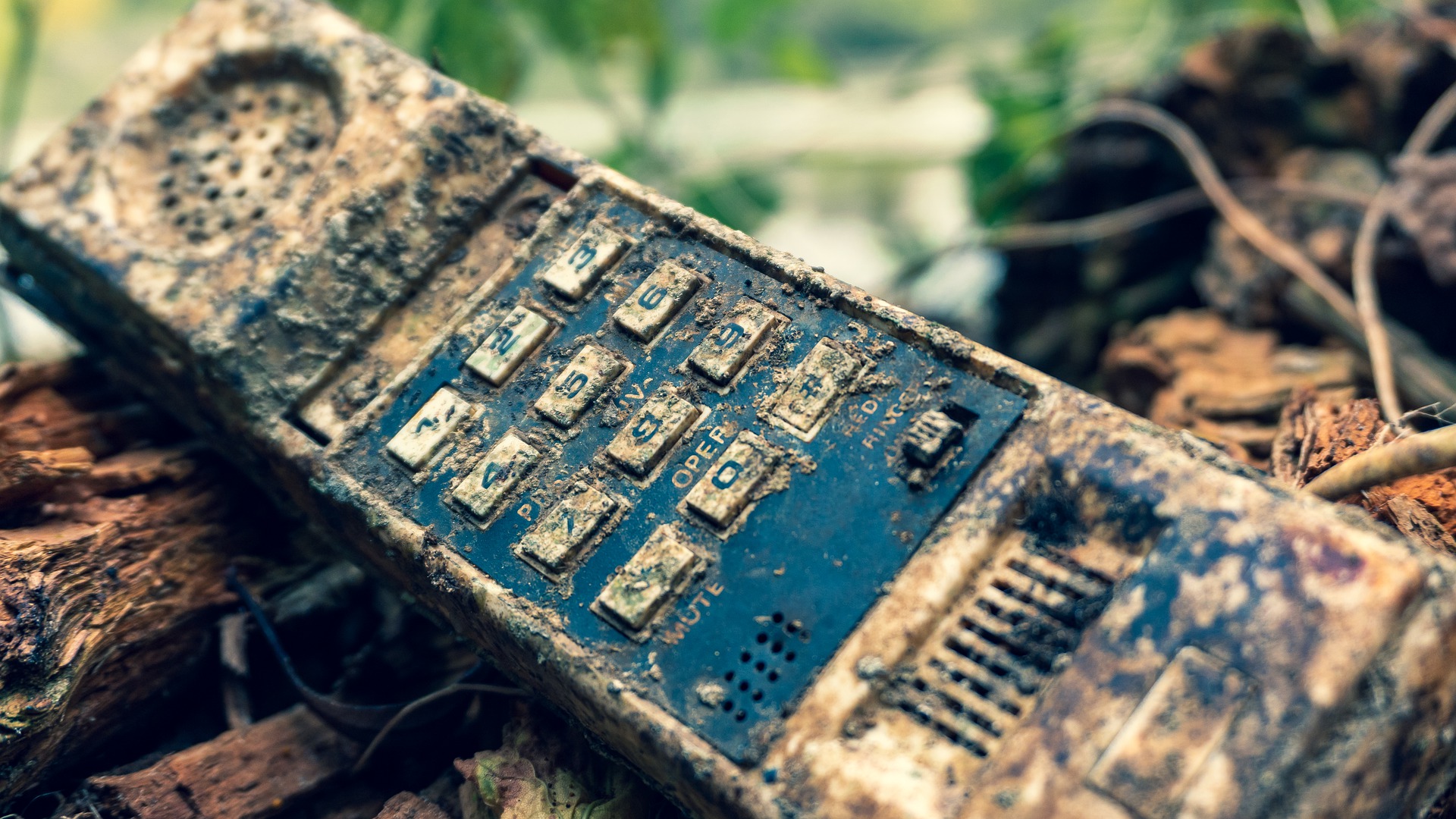The latest trend from smartphone manufacturers sees the charger being removed from the packaging. First Apple did it and then Samsung followed suit.
We’ve complained about this issue a lot as it seemed like both Apple and Samsung were addressing something that wasn’t really an issue to the person in the street.
However, in the last five years the ITU has noted a 9.2 metric ton increase in the amount of ewaste generated. In 2019 the total amount of ewaste generated globally amounted to 53.6 metric tons.
Unfortunately, finding data for what percentage of that ewaste is made up of chargers is tricky, but it’s actually not that important unless like us, you’re splitting hairs.
Recently, Samsung sent Hypertext a press release regarding its efforts to recycle devices that are traded in.
“It is an essential part of Samsung’s mission to put the environment first in all business operations, with several long-term sustainability programmes that include sustainable packaging design and the reduction of carbon footprints through the use of recycled materials,” explained Hlubi Shivanda, director of the business innovation group and corporate affairs at Samsung South Africa.
“Critically, the positive impact on the environment will result in lasting change that benefits all South Africans. The fact is, all positive changes start with the determination to reimagine old ways and to do what’s right for all. We’re reimagining environmental sustainability into everything we do from packaging to product design, energy consumption to recycling,” adds Shivanda.
The idea behind removing a charger leans into the larger idea of reducing the amount of potential waste that could ultimately end up in a landfill.
We have been stuck behind the idea that removing the charger is bad for consumers and not that detrimental to the environment for such a long time we haven’t looked at the bigger picture.
Thankfully, Samsung South Africa was able to provide a bit of much needed perspective.
“Mobile phone chargers are currently responsible for around 12 000 tons of e-waste per year, which represents approximately 0.3 percent of total WEEE [Waste from Electrical and Electronic Equipment] collection in the EU. South Africa specific data is not available currently,” a Samsung spokesperson told Hypertext.
Sure, 0.3 percent of total ewaste doesn’t seem like a lot, but keep in mind that is only for one region and it’s a rather small region – in comparison to the rest of the world.
According to the ITU’s Global Ewaste Monitor as we get access to higher levels of disposable income, and as urbanisation and industrialisation spreads, the amount of ewaste climbs.
So while 0.3 percent looks small now, in a few years that figure could climb higher to a point where the problem is gargantuan.
It’s a cycle, an ewaste cycle
The amount of ewaste is just one part of the equation, one actually has to recycle these components.
According to Joakim Reiter, external affairs director at Vodafone Group, only 17.4 percent of all ewaste generated is collected and recycled.
Why is that? As Reiter explains, it’s because there isn’t really awareness regarding ewaste recycling.
“At the heart of the issue is a lack of public awareness, preventing countries from developing circular economies for electronic equipment – a model where resources are reused and recovered rather than disposed of at end of life. It is critical that not only manufacturers, but also retailers, suppliers and individual consumers play their part in improving the prospects for circular economies,” wrote Reiter in October 2020.
What is needed is more education regarding ewaste and the danger it poses to our environment if left unchecked.
But before that, in South Africa we need a better gauge of what our ewaste landscape looks like and find ways to deal with it.
The Ewaste Association of South Africa (eWASA) has a few collection points for ewaste (visible at the bottom of its website) and while there is a high concentration in Gauteng, more locations are definitely needed.
According to this website operated by the Sustainable Seas Trust, there are only 100 locations for ewaste recycling in South Africa.
If you would like to add to that number you can find out more about how your school, company or business can become an eWASA member here.
While we have been highly critical of Apple and Samsung for removing the chargers from its premium smartphones, we have to eat our words here.
Every little bit helps in the greater scheme of things and as much as we love being surrounded by tech, we’d rather not be swinging in old tech that could’ve been recycled.
While we have you, the video below explains how some materials that you would assume can be recycled actually can’t be.
[Image – CC 0 Pixabay]

